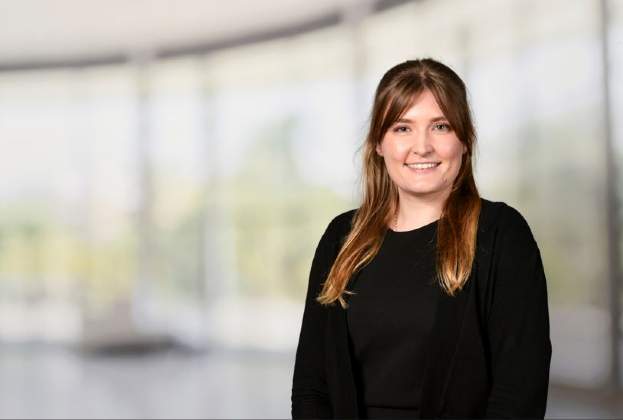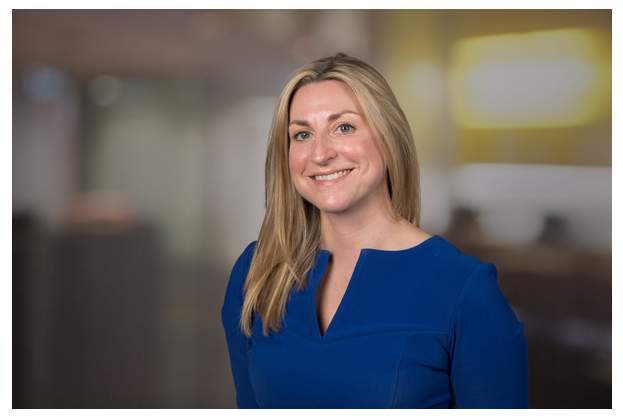Despite the UK tiptoeing with trepidation into an autumn like no other, September 2020 welcomed the inaugural London Mural Festival (LMF) with artwork from more than 150 artists from around the world showcased on large-scale walls and surfaces across the capital.
The festival set out to use London as a vast canvas, celebrating creative communities across the city while introducing a new way for people to experience art. In a sector which has been hit particularly hard by the Covid-19 crisis, LMF was a much-needed celebration that not only brought colour and vibrancy to our streets as winter approaches, but also offered accessible art at a time when restrictions continue to make visiting galleries difficult.
The relationship between art and real estate has, historically, been a tumultuous one, triggering a strong reaction in most people. There are those who see art as essential to a sense of place and identity, versus those who see art designed by committee and added to public spaces as spurious and a waste of money. I would side with the former, because in my opinion art helps define physical environments to create a stronger sense of place identity, weaving a narrative through a cultural interventions that give the urban landscape meaning, impact and multiple opportunities for different uses.
Introducing art in unexpected places can change public perceptions and increase appreciation of the built environment. Art provokes conversation and, with social media ever more integrated into our daily lives, installations are talked about and shared online creating an alternative platform to promote buildings and draw visitors. This is especially important in a society shaken by the ongoing Covid-19 pandemic, where stepping out of your own front door can now feel like a risk.
Art can be used to encourage the local community to explore and become re-acquainted with the towns and cities where they live. At the same time it can also be enjoyed virtually, creating another connection between people and the landscapes they inhabit.
The impact of art on real estate is not simply experiential – it provides tangible economic benefits, too. Research commissioned by the Affordable Art Fair says that 43 per cent of us would rather frequent an area with beautiful murals and street art than have access to a local coffee shop – that’s quite impactful when you consider how many of us love coffee. Meanwhile 29 per cent would like to commission an artist to paint a mural on the outside of their own house.
What I’d like to see is the next big regeneration project adopting an artistic landscape that is ever changing and evolving with the communities that use it. A kind of living campus that is alive to change, and alive to what matters to the people that make the place.
(1)(1).jpg)
.jpg)
.jpg)

